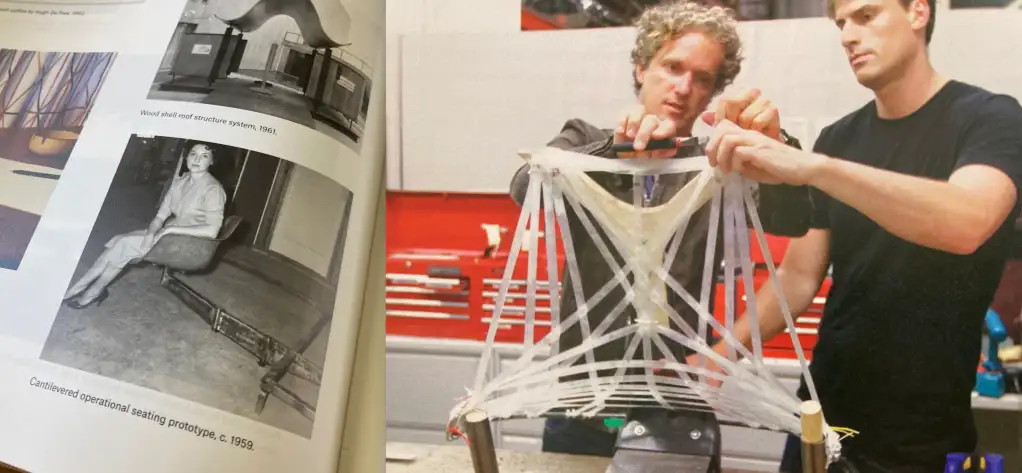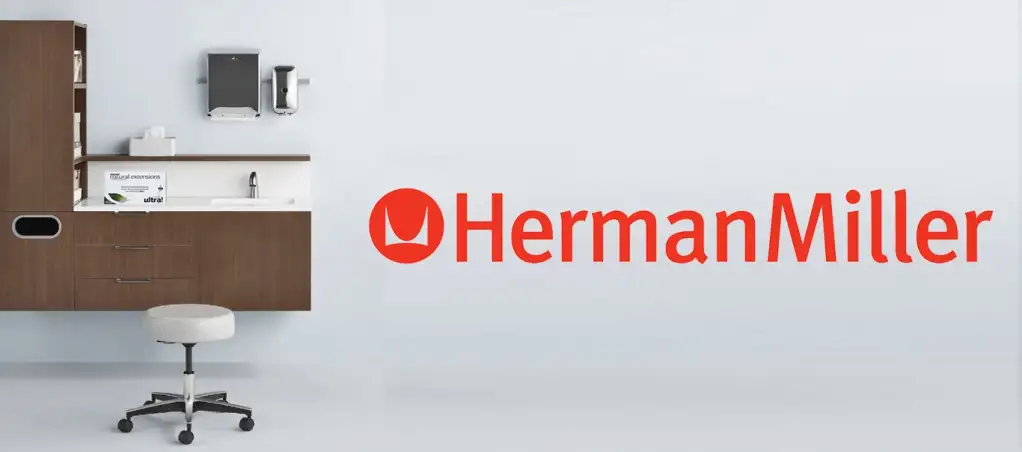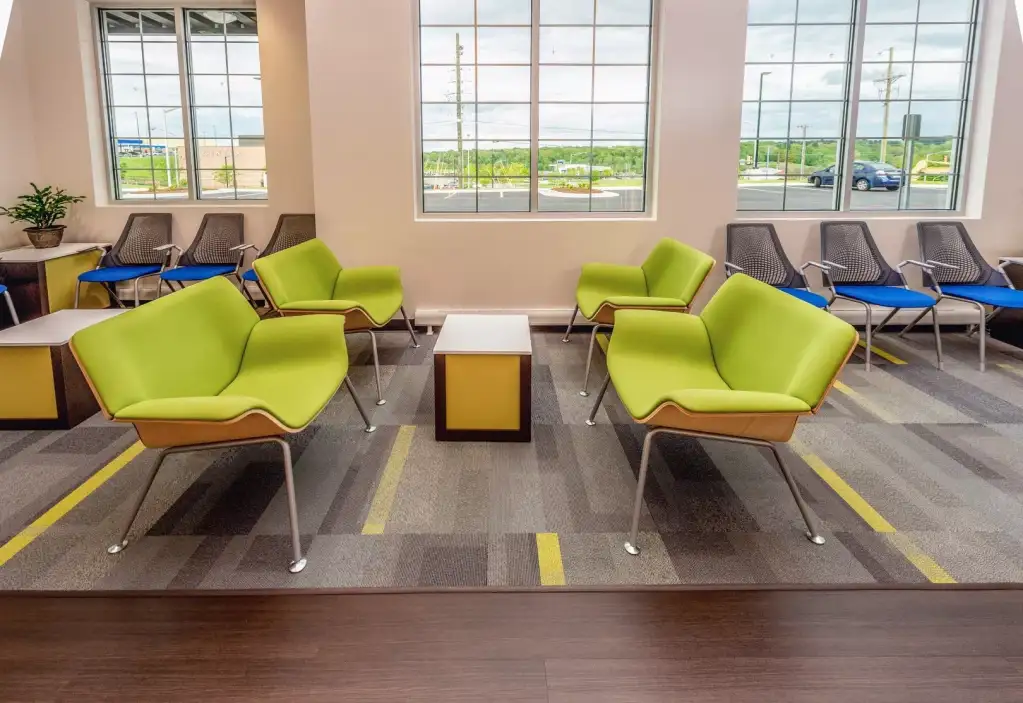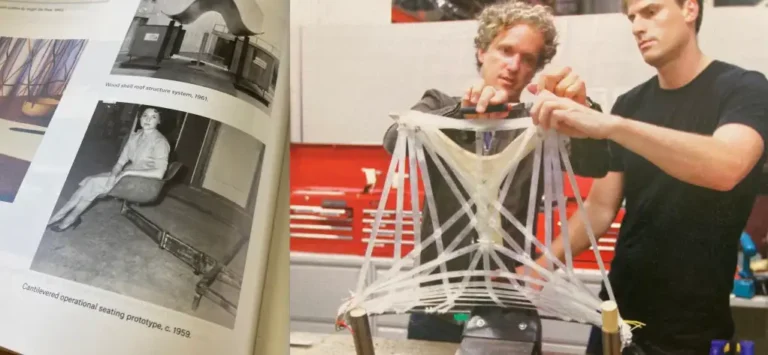Michigan-based Herman Miller has been at the forefront of modern and contemporary design for over 100 years. Their innovative dental operatory cabinetry and bold welcoming area furnishings have been shaking up forward-thinking dental practices in recent years, but the company is perhaps best known for iconic home and office furnishings like the classic Eames lounge chair: introduced in 1956, and still on sale today.

That dogged commitment to timeless design and enduring quality are on full display in the new coffee table book, Herman Miller: A Way of Living, published by Phaidon. At over 600 pages, and containing thousands of photographs, it chronicles how the company pioneered new ways of using observation and study to design environments with a groundbreaking level of thoughtfulness.

Bill Stumpf, who designed the contemporary Aeron office chair (among many other things), said, “I work best when I’m pushed to the edge. When I’m at the point where my pride is subdued, where I’m innocent again. Herman Miller knows how to push me that way, mainly because the company still believes—years after D.J. De Pree first told me—that good design isn’t just good business, it’s a moral obligation. Now that’s pressure.”
Perhaps that’s why Herman Miller dental cabinetry is catching on with the most progressive practitioners. Dentists instinctively understand the desire to strive for high levels of purpose and perfectionism—and are willing to go to great lengths themselves to achieve it. Naturally, doctors gravitate toward tools than help.
But regardless of whether you appreciate Herman Miller’s dental practice applications, or simply their decades-long legacy of beautiful design, the new coffee table book highlights not just the pieces themselves but also the rigorous processes for bringing them to life.

For example, Herman Miller established their Technical Center way back in 1958 for ongoing engineering tests. As the book recalls, the Center’s purpose was to “re-prove the validity of a design with efficient production” and to ensure that the finished product will be “unassailable in the marketplace.” It’s also where where many now-standard tests were developed, like flex, drop, fabric wear and static load tests.

Herman Miller dental cabinetry is not only thoughtfully designed and remarkably durable, but also more compact than other brands. This allows doctors to install more operatories in less square footage, slashing construction and real estate costs. It also creates treatment environments that cause less physical stress on the practitioner because everything is within easy reach. (See Benco Dental’s white paper, “Smaller Is Smarter: A Comprehensive Clinical and Business Case for Rethinking Dental Operatory Design.”

But Herman Miller creations aren’t just found in operatories, they’re also becoming sought after in welcoming areas where first impressions count, and where practices have their first opportunity to put patients at ease, setting the tone for positive experiences.
To learn more about how Herman Miller healthcare cabinetry and furnishings can enhance your environment, talk to your Friendly Benco Rep or Equipment Specialist, or call 1.800.GO.BENCO.





